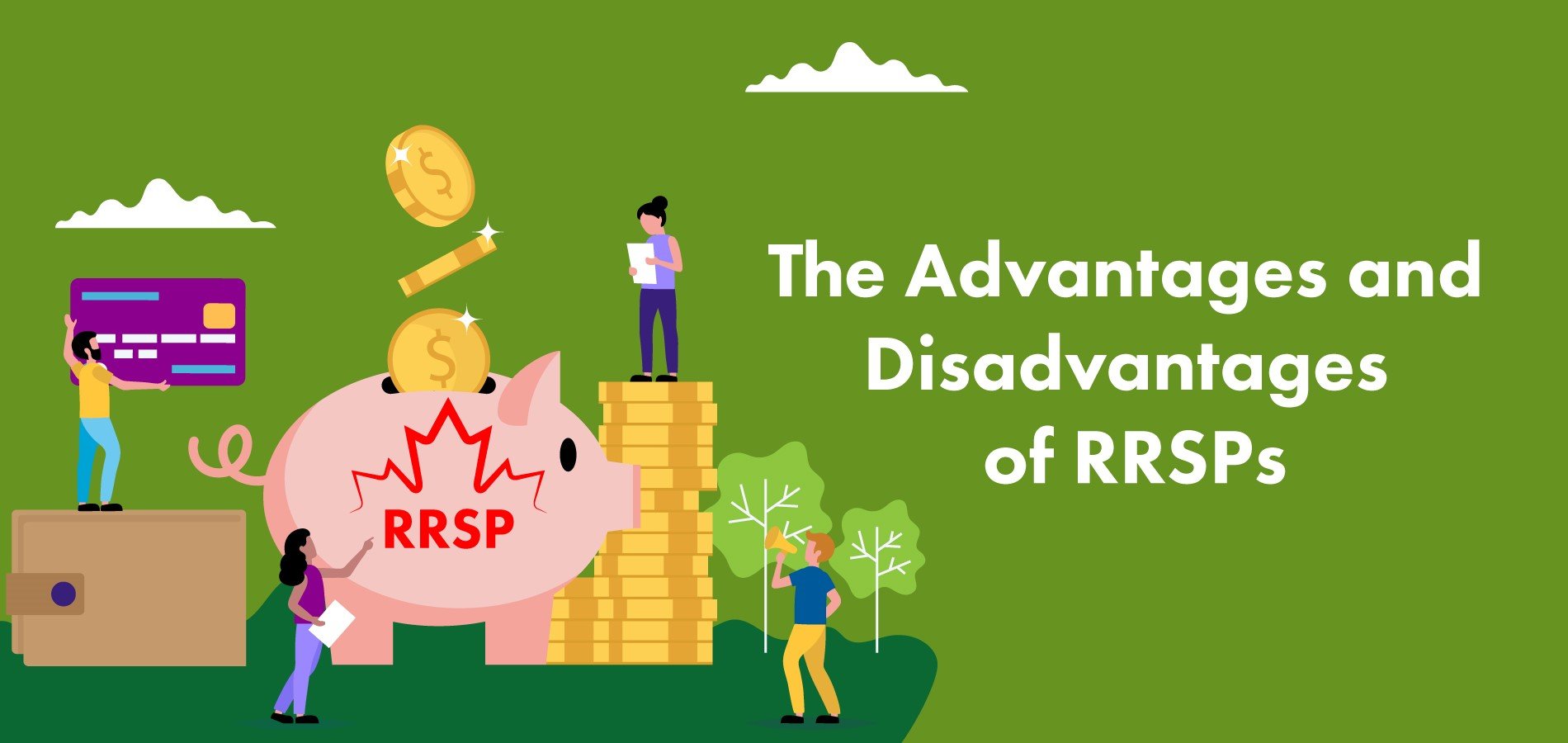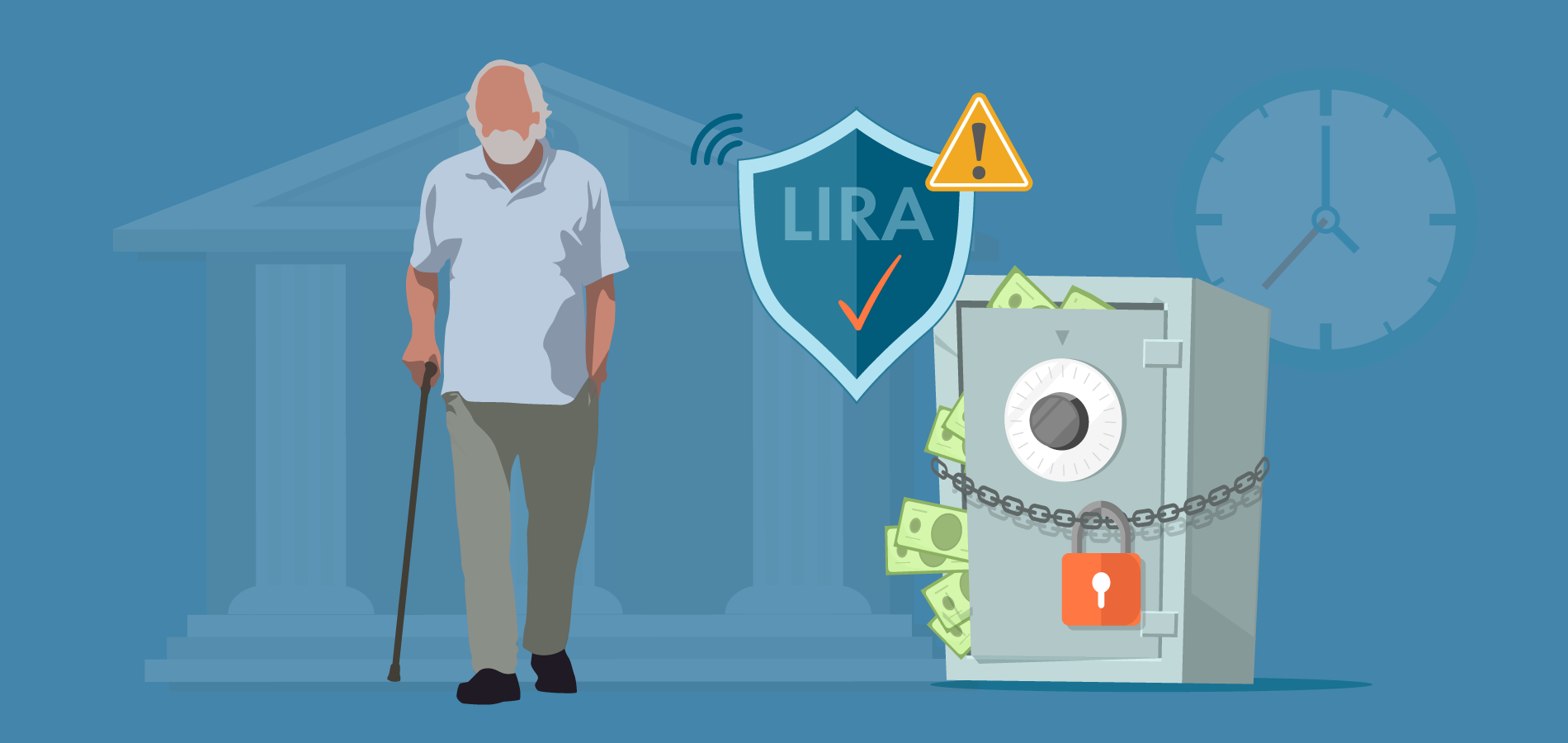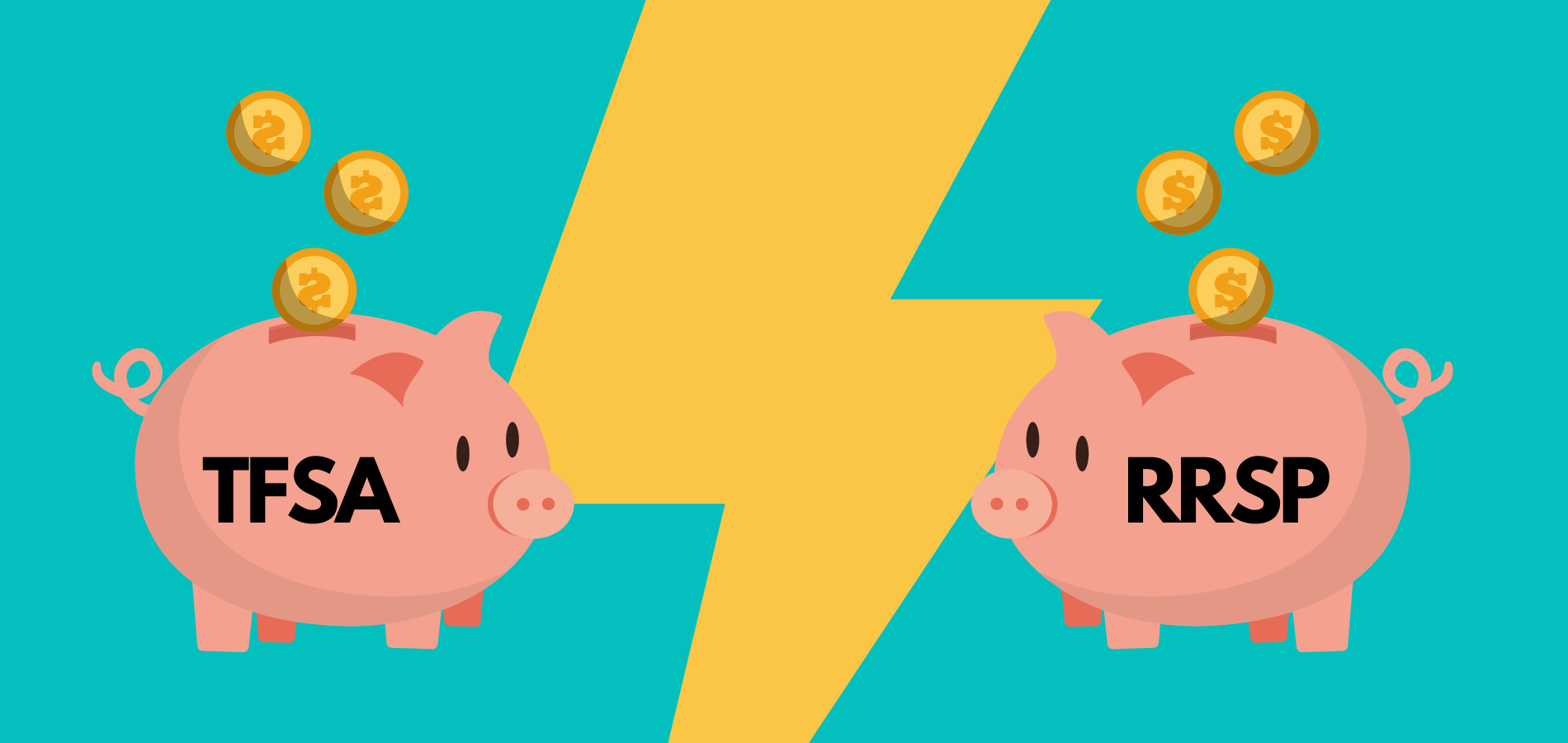If you had a pension plan with your employer and left the organization, you may have used the funds to open a Locked-In Retirement Account (LIRA). When you retire, you can convert the LIRA into a Life Income Fund (LIF) so that you can begin withdrawing the funds to cover your living expenses.
There are many rules about LIFs and these vary from province to province.
Life Income Fund (LIF) Withdrawal Rules
If you stop working and no longer receive a paycheque, you will need retirement income. When you convert to a LIF, you are restricted in how much you can withdraw each year to ensure that your retirement savings last your entire lifetime.
Each province sets minimum and maximum LIF withdrawal requirements depending on your age. Let’s say you retire at age 65, set up a LIF and wish to start making withdrawals. In Ontario, the LIF minimum withdrawal is 4 percent per year; the maximum is 7.38 percent.
At the age of 75, the LIF minimum is 5.82 percent and the LIF maximum is 9.7 percent. When you reach the age of 89, you are allowed to take out all of the funds (if you wish).
When you make a LIF withdrawal, you must pay tax on it.
Advantages and Disadvantages of a LIF
When you retire and want to access the funds in your Locked-In Retirement Account (LIRA), you have three options:
- Cash out: This is permitted if your LIRA holds a fairly small amount of cash. However, you will have to pay tax on any withdrawals.
- Convert to a LIF: One of the key advantages of a LIF is that you can continue to invest your funds and reap the benefits of tax deferral. You only pay tax when you withdraw funds (with the minimum withdrawals as outlined above).
Another advantage is that you are still in control of the LIF investment. You can choose how to invest the funds depending on your risk tolerance and financial goals. Your options range from low-risk GICs to mutual funds to segregated funds.
- Purchase a Life Annuity: With this option, you receive a guaranteed monthly income. However, you no longer control how the funds are invested. In addition, your heirs receive nothing when you die – the annuity company keeps the original investment.
How do LIF payments work?
As indicated, there are both LIF minimum and LIF maximum withdrawal limits depending on your age. You can set up monthly payments with your investment institution or you can wait until the end of the year and take out a lump sum.
In either case, you will need to pay tax on your LIF withdrawals.
Can a LIF be unlocked?
The short answer is no. However, there are special circumstances in which you can “unlock” the funds – in other words, withdraw more than the LIF maximum permitted amount:
- You have a shortened life expectancy: Let’s say you have been diagnosed with a terminal illness, such as incurable cancer. You may wish to spend your LIF funds now to enjoy a vacation or to pay bills related to your illness.
- You have major medical expenses: If medical costs are causing you financial hardship and you need the LIF funds to pay them and for daily living, you can apply to unlock the fund.
- You are facing eviction: If you cannot pay your rent, you may be able to access your funds.
If you have a LIF and you are facing financial difficulties, contact your financial advisor to discuss your options, which may include applying to unlock your LIF.
What happens to a LIF on death?
With a LIF you can name a beneficiary, such as a spouse. When you die, the LIF automatically rolls over to your spouse without any tax consequences. If you are single, you can name another beneficiary (such as your child or sibling) but there may be a tax hit.
Can I transfer a LIF to a TFSA?
No. However, you can withdraw funds from a LIF and put them into your TFSA. You will be required to pay tax on your LIF withdrawal.
LIF vs RIF
A Life Income Fund is similar to a RIF (Retirement Income Fund). When you retire and want to generate income from your RRSP, you convert it to a RIF. So both a LIF and RIF allow you to withdraw funds on a regular basis to provide a retirement income.
The minimum and maximum annual withdrawals may be different between a LIF and RIF so be sure to check these with your financial advisor.
LIF vs LIRA
In summary, when you have a Locked-In Retirement Account (LIRA), you can convert it to a LIF when you retire. This allows you to access the funds for your living expenses when you are no longer working. One of the key advantages of a LIF is that you can continue to invest the funds as you wish, earning tax-deferred investment income. You only pay tax when you make LIF withdrawals. There are minimum and maximum withdrawal restrictions on LIFs so be sure to follow these to avoid tax penalties.





